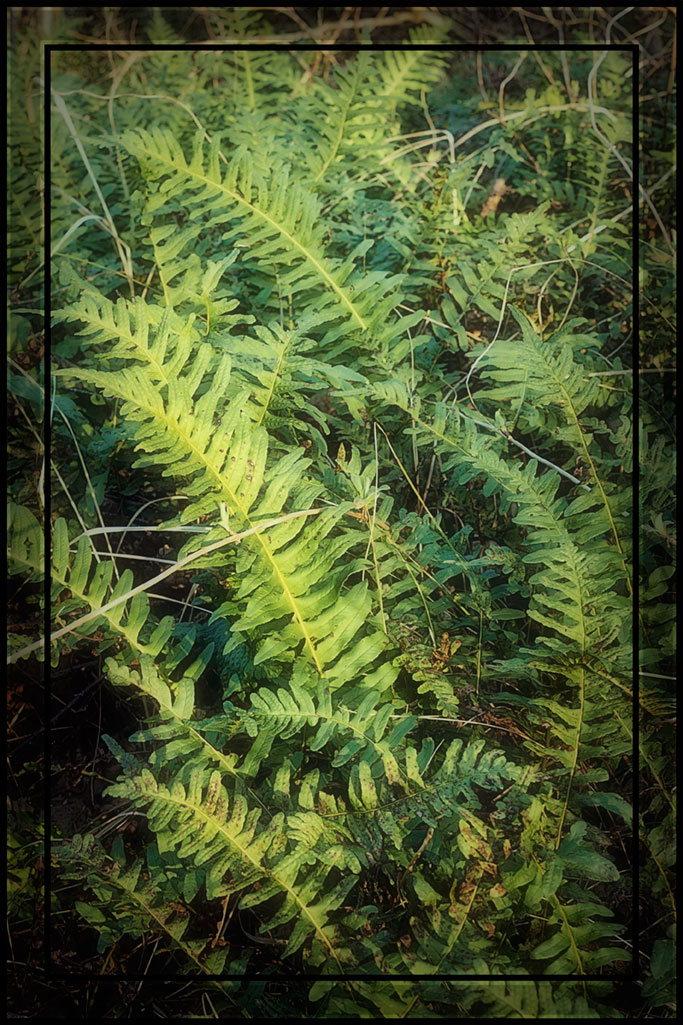Fougère II – the smell of fern

Originally posted in: http://blog.aromyth.nl/?p=266
The olfactory family of fougères begins with Fougère Royale by Houbigant, a fragrance created by Paul Parquet in 1882 approaching the smell of ferns. It raises an interesting question: Do ferns smell?
An answer to this question can be as vague as an attempt to describe the smell of tulips for example. Some would say they don’t smell at all while others would mention a generic green smell without distinguishing notes. But as an exception one can also find a couple of very fragrant variations. The situation with ferns is similar. In general they do posses a generic green vegetal smell without distinct nuances. But there is also a hay scented fern or Dennstaedtia punctilobula, a plant releasing a haylike aroma when touched or broken. A fern from New Zeland with the name Asplenium lamprophyllum seems to contain methyl salicylate, a sweet smelling substance which is also responsible for the smell of wintergreen and sweet birch. There is also a Sweet Fern (Comptonia peregrina), a fragrant plant which looks like a fern, but is in fact a family of bayberry.
Two odorants are mentioned to be responsible for the smell of ferns – hexyl butyrate and octyl butyrate. They have a green odor with fruity and waxy nuances. But they are not used in fern fragrances. Fougères are fantasy perfumes approaching the smell of fern within its natural habitat (the nuances of forest, leaves, soil etc). The core of fougère accord is formed by lavender, coumarin and oak moss. Coumarin is responsible for haylike herbaceous sweetness (think of hay-scented fern mentioned above). Herbs (rosemary, thyme), woody and camphor notes, salicylates (clover or wintergreen smell), mushroom nuances and iris/violet aspects can be used to adorn the fougère accord.
The earlier fern perfumes seemed to be quite floral with their hearts made of lavender, rose and jasmine with an addition of narcissus and hyacinth (with their haylike aspects). Later geranium and rose molecules, synthetic jasmine bases, clary sage and fresh floral molecules like linalool and linalyl acetate were used to accompany lavender in the heart. Three types of fragrances were considered to be fougères: complex lavender perfumes, Foin Coupe type of fragrances (perfumes approaching the smell of new mown hay) and chypres with lavender heart and spicy nuances.


 AromaX
AromaX